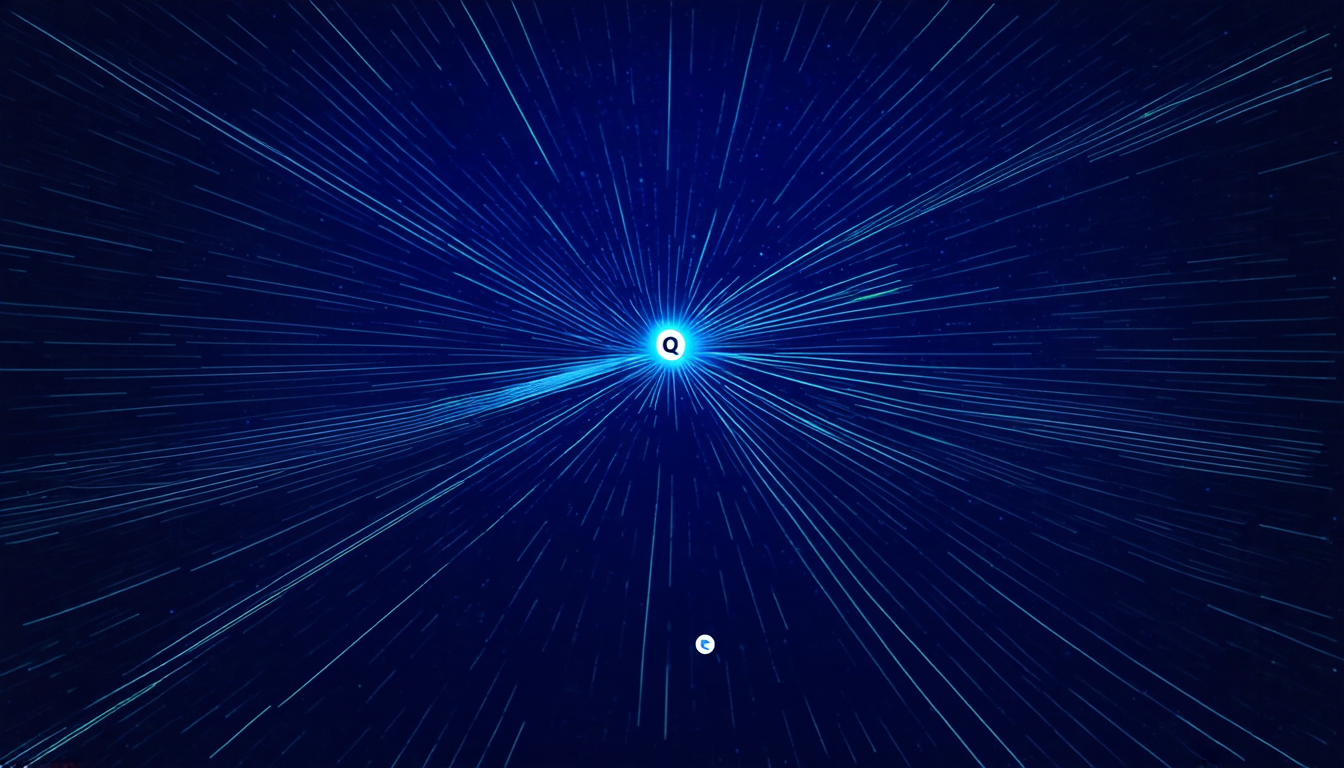Thursday 10 April 2025
Scientists have made a significant breakthrough in the development of a new type of quantum computer, one that has the potential to revolutionize the way we process information.
Traditional computers rely on bits, which are either 0 or 1, to store and process information. Quantum computers, on the other hand, use qubits, which can exist in multiple states simultaneously. This allows for much faster processing of complex calculations.
The new computer uses a unique approach to create these qubits, known as photonic qubits. Photonic qubits are based on the principles of light and photons, rather than electrons or atoms, which are used in traditional quantum computers.
This approach has several advantages. For one, it allows for faster processing times, as photons can travel at speeds much faster than electrons. Additionally, photonic qubits are less susceptible to errors, which is a major problem in traditional quantum computing.
The new computer also uses a novel method of creating the qubits, known as the Eigen-SNAP gate. This gate is used to manipulate the qubits and perform calculations. It works by driving the transmon, an artificial atom made up of superconducting circuits, with specific frequencies and amplitudes.
The results are promising. The computer was able to perform complex calculations in just a few minutes, which would take traditional computers hours or even days to accomplish.
But what does this mean for us? Well, it could revolutionize the way we live and work. Imagine having a computer that can solve problems that have stumped scientists for years. Imagine being able to process vast amounts of data quickly and efficiently.
The potential applications are endless. For example, the new computer could be used to create more accurate weather forecasts, or to develop new medicines. It could also be used to encrypt sensitive information in a way that is virtually unbreakable.
Of course, there are still many challenges ahead. The new computer is still in its early stages of development, and there are many technical hurdles that need to be overcome. But the potential rewards are well worth the effort.
In the future, we can expect to see even more advancements in this field. As scientists continue to work on perfecting the technology, we may see even faster processing times and greater accuracy.
For now, however, the new photonic quantum computer is a major step forward in the development of this exciting technology.
Cite this article: “Quantum Leap: Scientists Achieve Record-Breaking Fidelity in Quantum Error Correction”, The Science Archive, 2025.
Quantum Computing, Photonic Qubits, Eigen-Snap Gate, Transmon, Superconducting Circuits, Qubits, Quantum Processing, Computer Technology, Advanced Calculations, Data Encryption.







